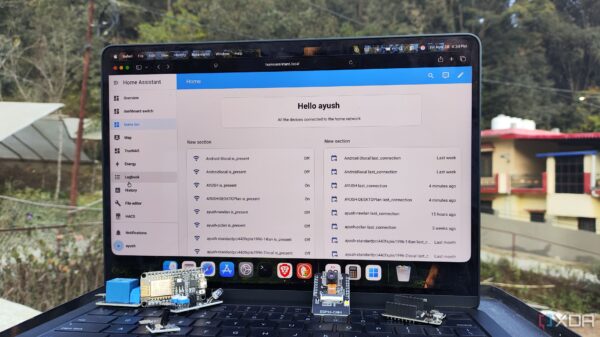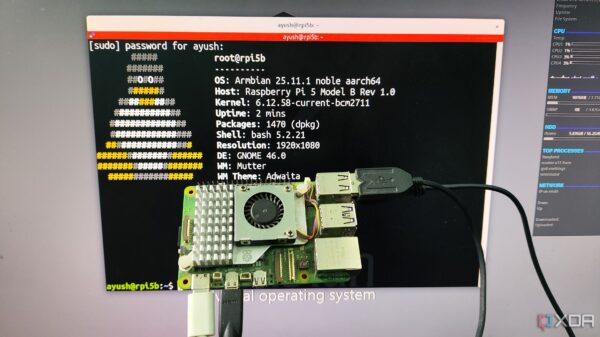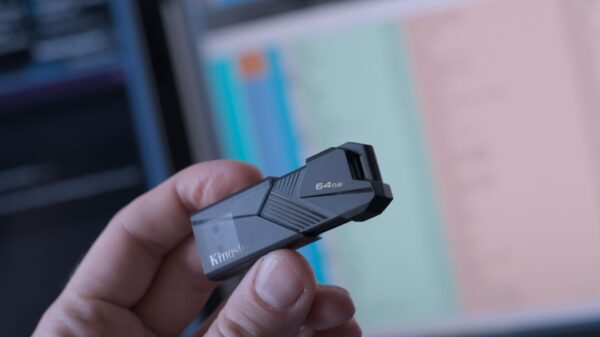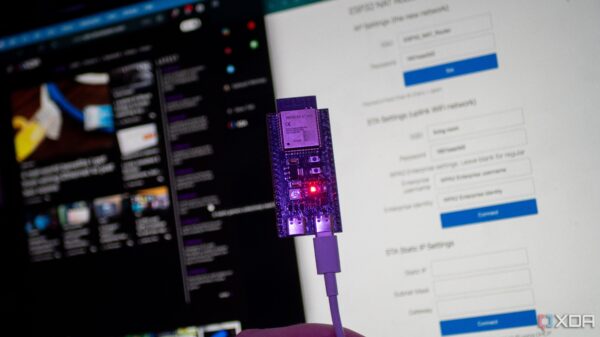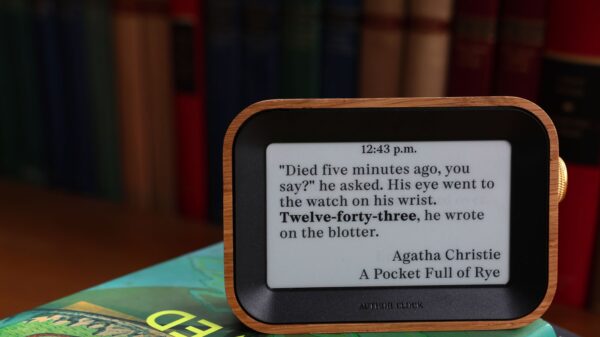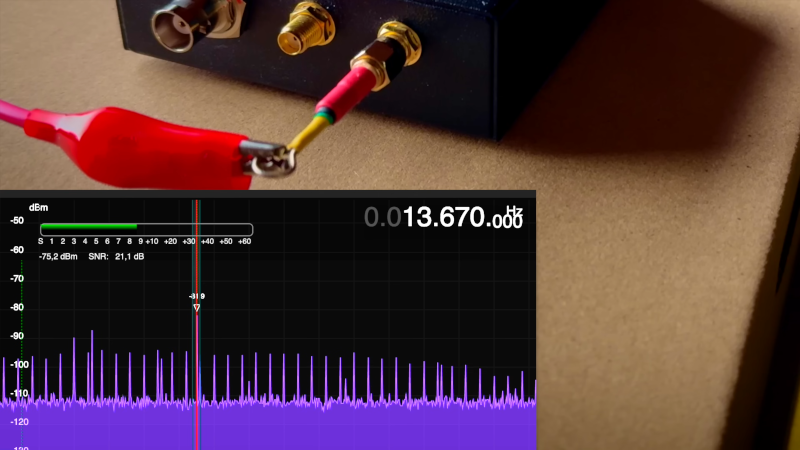Listening to the radio can be a simple pleasure, but for those seeking to tune into distant or low-powered stations, electronic interference often complicates the experience. A recent video by Electronics Unmessed explores how software-defined radio (SDR) setups can be affected by this interference and offers practical solutions to enhance sound quality.
The video highlights that one of the primary sources of interference is the RF ground path. When using a single antenna wire, a reliable ground path is essential. This grounding may inadvertently occur through power lines or USB connections linked to the host computer and its power supply. Notably, computers generate a significant amount of RF noise, which can infiltrate the radio receiver, negatively impacting sound quality.
Improving Reception Quality
To address these challenges, the video suggests integrating a counterpoise, which can greatly improve signal clarity. A low inductance ground connection is another effective method. Although a counterpoise may not completely eliminate interference, it can significantly reduce noise levels. Additionally, employing ferrite cores around wires serves to block them from acting as ground paths for RF interference.
Ferrite cores are commonly found encased in plastic, allowing for easy attachment to wires. However, the video demonstrates that utilizing bare cores and winding wires through them multiple times can yield superior results. The SDR’s visual display enables users to observe the improvements made by these adjustments, providing a clear and informative perspective on the effects of various strategies.
The Complexity of Grounding
While these solutions may seem straightforward, the nuances of grounding can be quite complex. As emphasized in the video, many people underestimate the challenges involved in achieving effective grounding. The use of ferrite cores effectively transforms wires into chokes, mitigating the unwanted RF noise that can disrupt radio reception.
The insights shared by Electronics Unmessed are not groundbreaking, but the clear explanations and visual demonstrations make the information accessible to both novice and experienced radio enthusiasts. The combination of practical advice and visual feedback empowers users to tackle electronic interference effectively, improving their overall radio listening experience.
In conclusion, understanding the intricacies of RF ground paths and implementing simple yet effective solutions can significantly enhance radio reception quality. With the right tools and knowledge, users can enjoy a clearer and more enjoyable listening experience, free from the disruptive influence of electronic interference.

